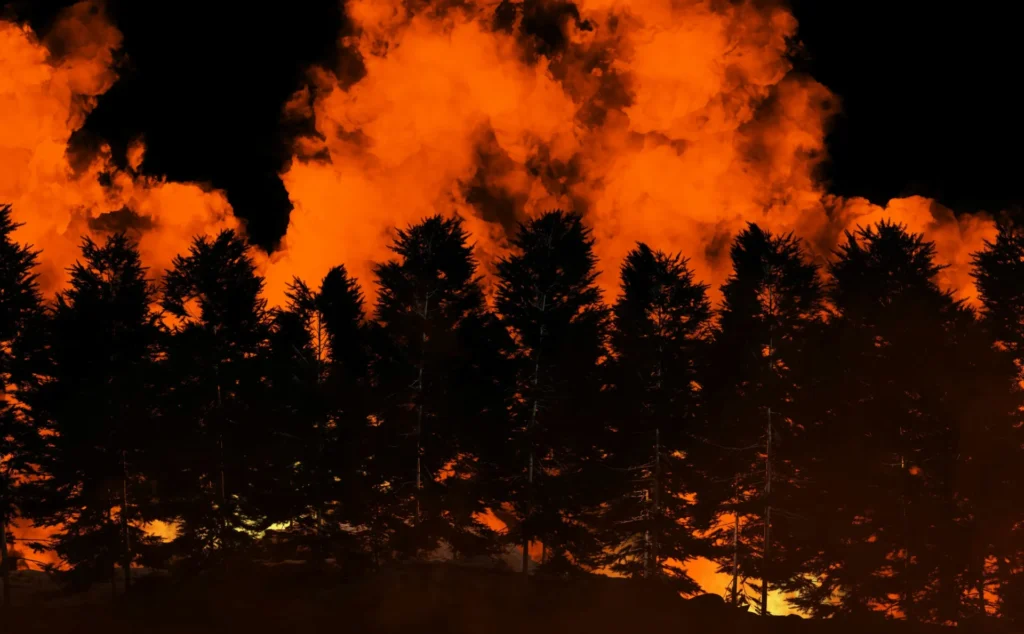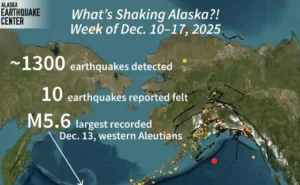A North Slope tundra wildfire has burned approximately 2000 acres of Arctic Alaska, making it the region’s largest blaze since 2017. Lightning ignited the fire, known as the Ikpikpuk Fire, on June 22 near the 195-mile-long river that flows into the Arctic Ocean.
Despite its size, the fire remains unstaffed, and no suppression efforts are currently underway, according to the US Bureau of Land Management’s Alaska Fire Service. Officials also reported three additional fires nearby, including the 618-acre Bronx Fire and two more minor tundra burns.
Scientists say large wildfires like this are rare but increasing in frequency across the North Slope driven by rising temperatures and drier vegetation. Thoman added that fires of this scale are highly unusual for the area.
In 2017, the Ketik River Fire east of Wainwright burned 2,870 acres. That year, a total of 5,421 acres of tundra burned on the North Slope. Thoman and other scientists link this growing fire trend to climate change.
A 2023 study by the BLM and UAF showed that the number of lightning-sparked tundra fires larger than 24.7 acres tripled over the past 13 years. These fires release ancient carbon from the ground and alter vegetation, raising risks for future wildfires.
For now, wildfire crews remain focused on more immediate threats. Fires closer to populated areas like Fairbanks, Tok, and Delta Junction have prompted evacuations and alerts. In total, Alaska has reported over 581,000 acres burned across 363 fires.












